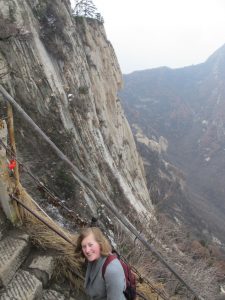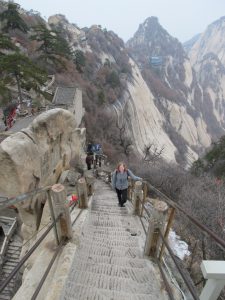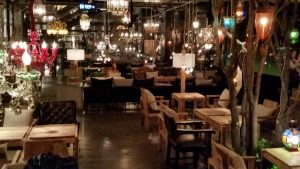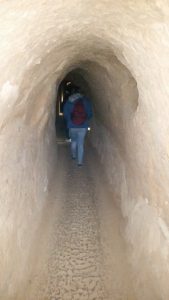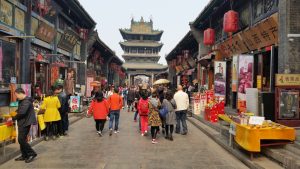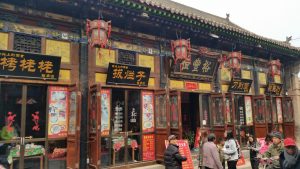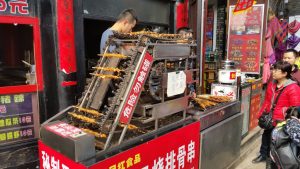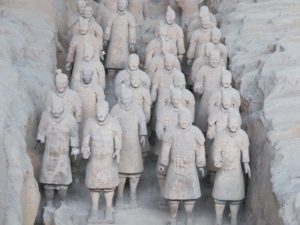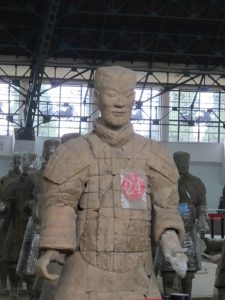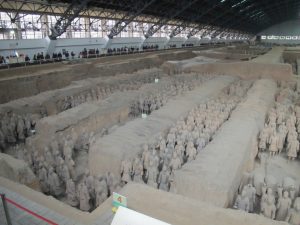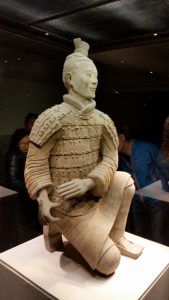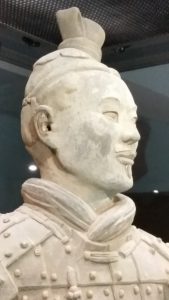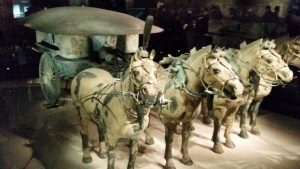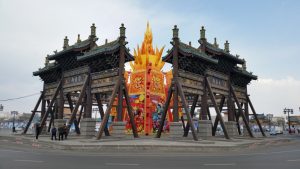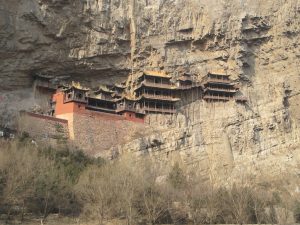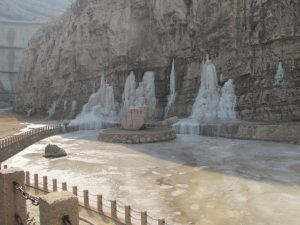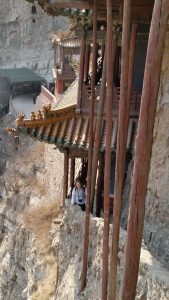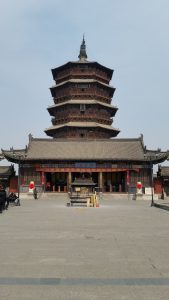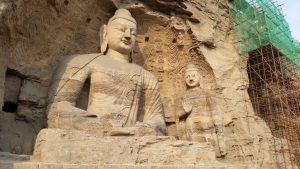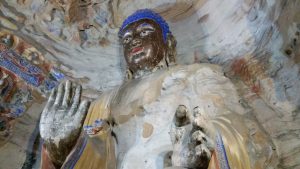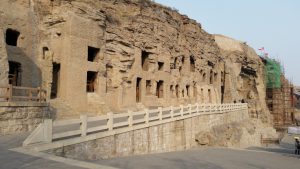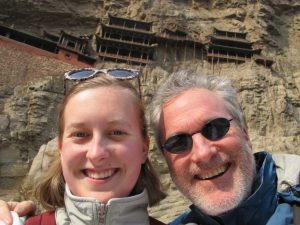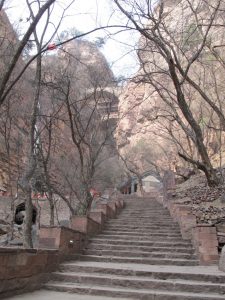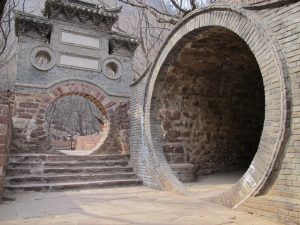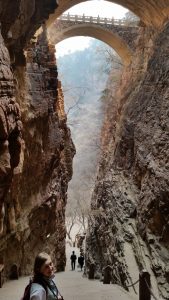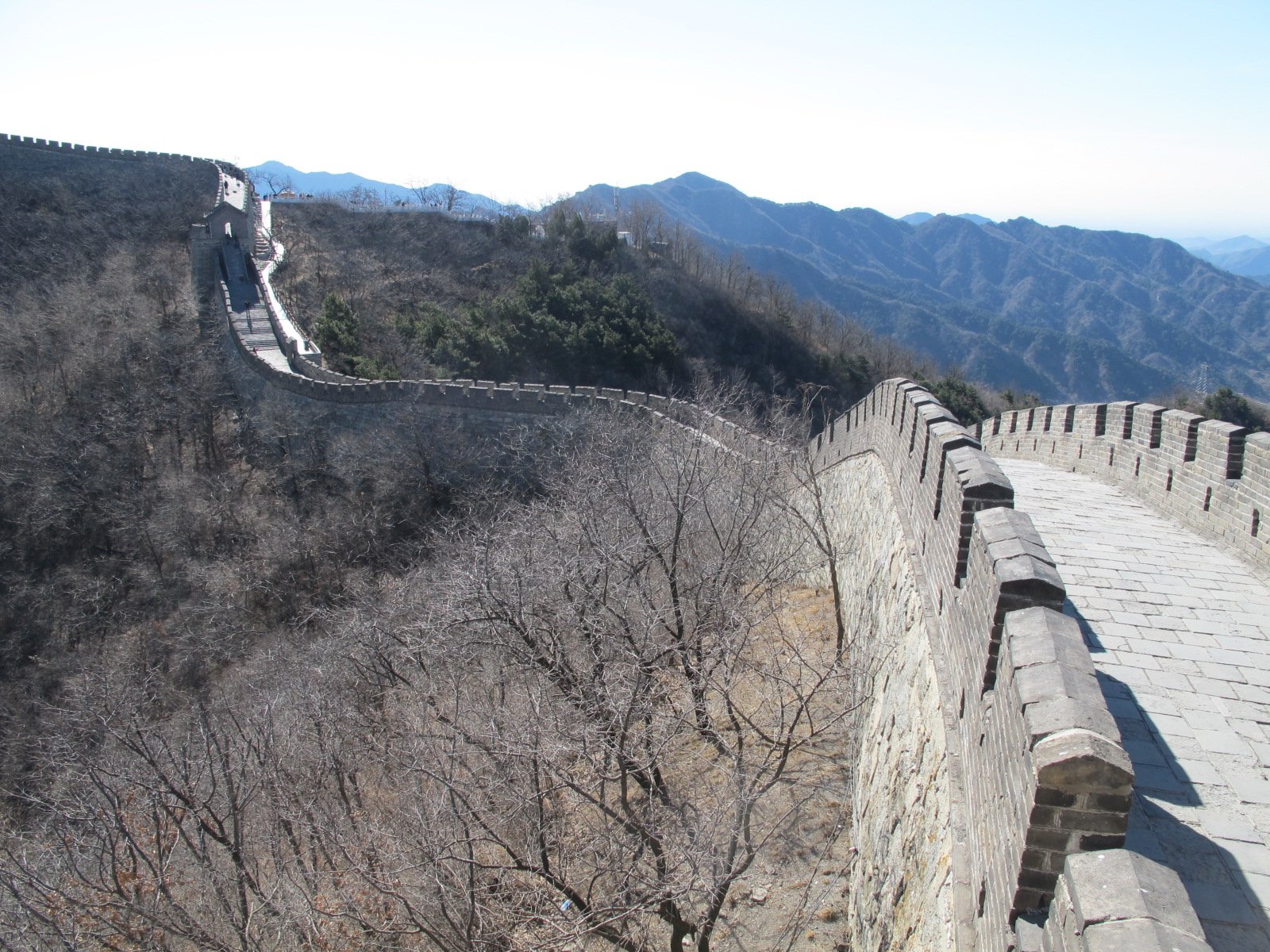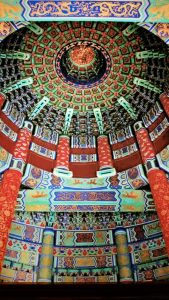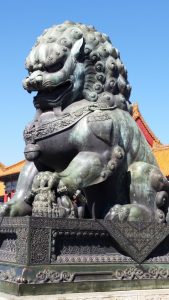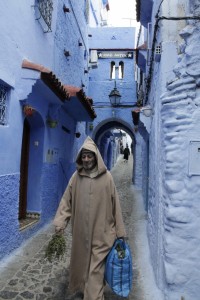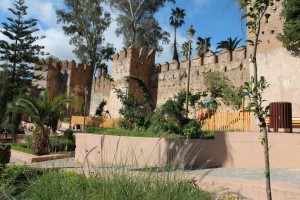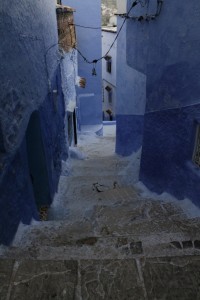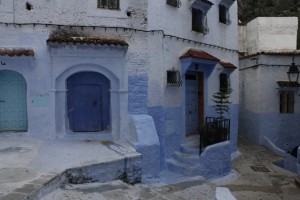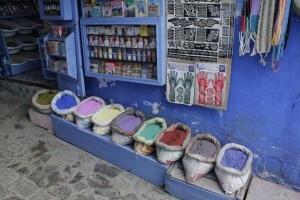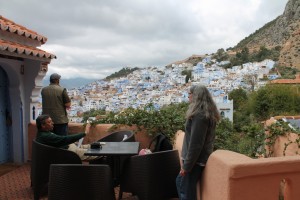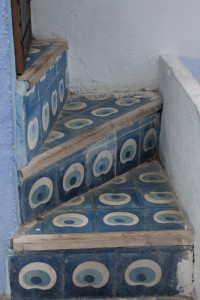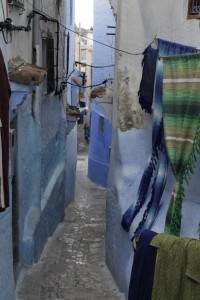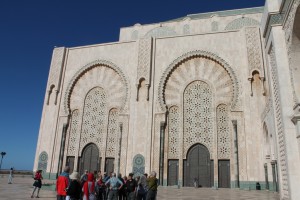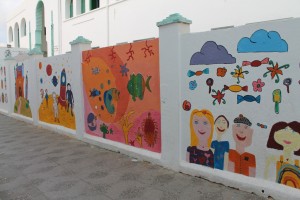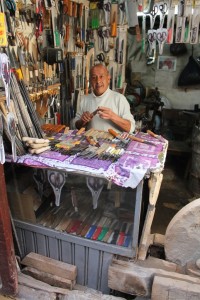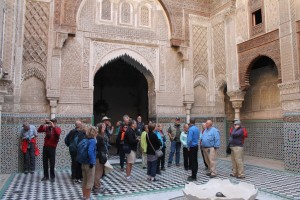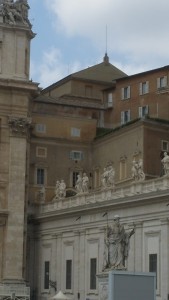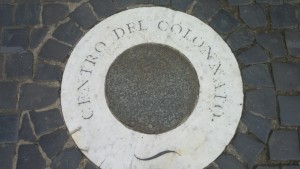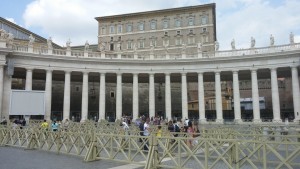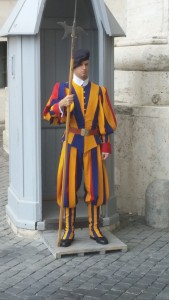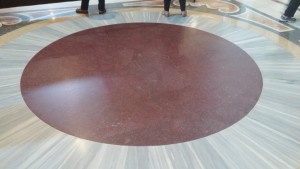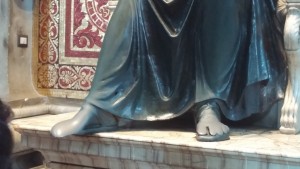Its possible Maia and I saved the best for last. However, I would be very circumspect before declaring anything “the best” in China. It has been a trip of wonders. I am ever so pleased with our decision to travel here and I am excited to introduce our first Imprint group to this storied land. But I digress. The subject is Huashan, one of Taoism’s sacred mountains. One can easily see why this place would be considered sacred. Just its inaccessibility would make it both rare (think rarified air) and the perfect place for ascetics to escape the profane world far below.
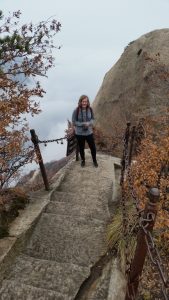
Mt Hua (literal translation of Huashan) is actually a cluster of 5 peaks, accessed by two cable cars or stupendous stair-stepped walking paths. Soaring to 6500+ feet, the mountain is known as "The most precipitous mountain under heaven." As a sacred mountain to the Taoists, it was also a retreat specializing in martial arts training. For us, the appeal was spectacular views, steep ascents and descents, and dramatic rock formations. I’ve already established the principle that the harder it is to get to a sight, the more one appreciates it. That applies here. Suffice it to say it took the entire morning to get the 90 kilometers to Huashan. Then we got stung by a stiff entrance price.
But it was all worth it. Thanks to modern technology, and a handy assist from the redoubtable Austrians, the Chinese have built a cable car, sporting breathtaking views, to whisk visitors up to the lower reaches of Huashan. The awesomely scenic ride saves countless thousands of steps. It is dizzying and daunting to look down upon them and know this was the only way up for centuries.
Even after riding the cable up a couple thousand feet, the climb that remains is significantly rigorous. The trail is steep, narrow, vertiginous, and occasionally down right treacherous. Steps cut into the rock often resemble a ladder more than a staircase. Iron chains stretching between iron posts add a small sense of security, but one can still see the precipitous drop on one and sometime both sides of the trail.
We trudged up with the chattering Chinese, stopping often for photographing the various and impressive vistas and to catch our breaths. The way up is punctuated with huge rocks to climb, tiny shrines and pavilions, snack huts, and viewing platforms. After a good 45 minutes of up and down (but mostly up) clamoring, one arrives at the real climb.
The ascent gets serious on a razor’s edge of a ridge that goes straight up into the clouds. Tourists and pilgrims alike trudge up up up onto the sacred mountain, leaving civilization and sometimes clouds below. We had a relatively clear day. The perma-haze that seems to be ubiquitous was present, but glimpses of blue sky and occasional sun breaks made for a cheery hiking afternoon.
We summoned up our mental and muscular resources and managed to conquer the steep steps to achieve the lower reaches of the summit. But upon learning we still had hours of climbing to go to reach the second cable car, we opted to turn around and go back the way we’d come. It was a magnificent day, and more than fitting for Maia’s last day in China. We had a brief rest in our comfy Xian hotel and then dinner in our favorite restaurant.





